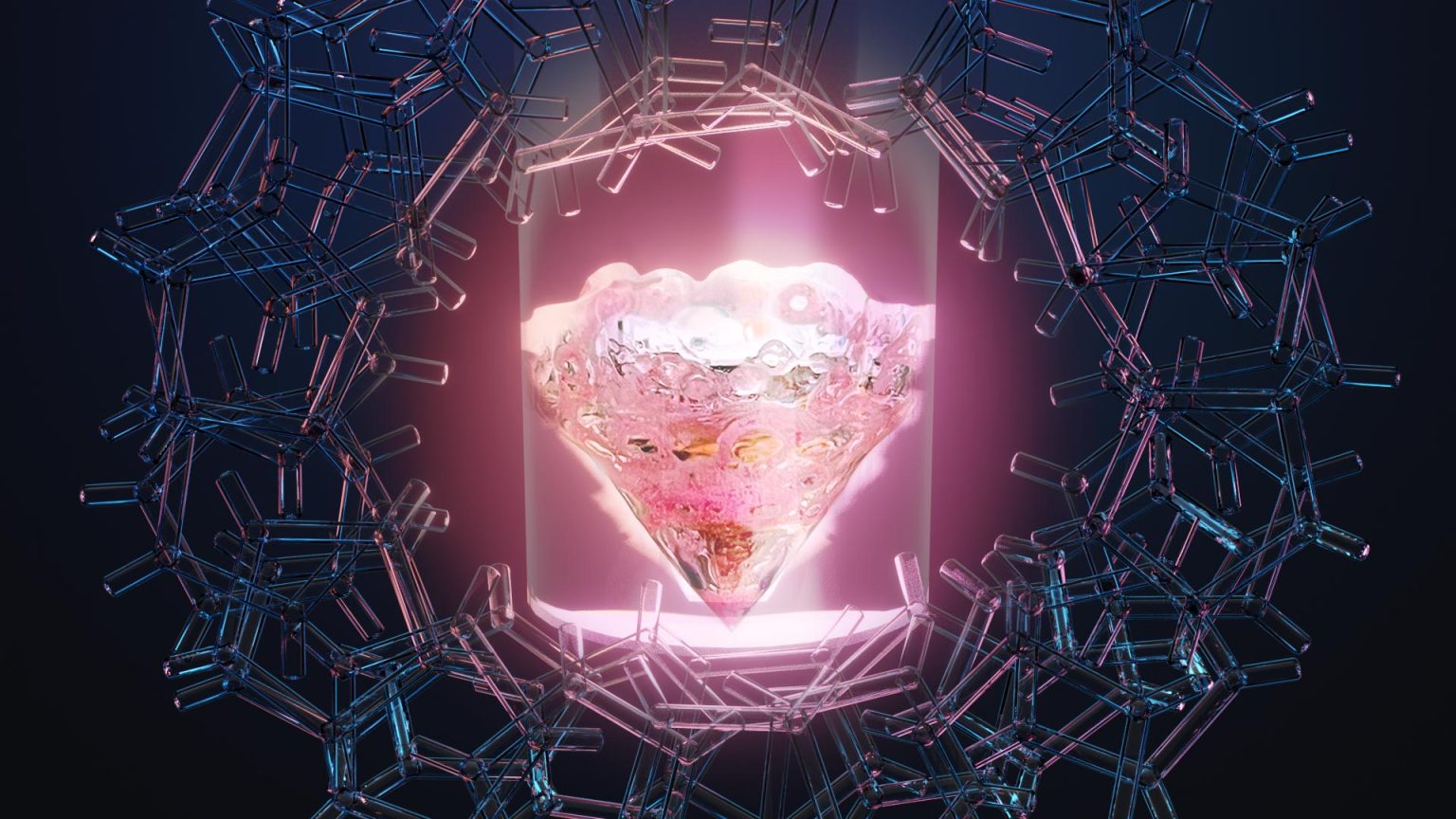Promethium, one of the rarest elements on Earth, holds a unique position in the periodic table. Unlike most elements, it has no stable isotopes, making it both scientifically intriguing and practically challenging to study. This rare earth metal, with the atomic number 61, has puzzled researchers for decades, but recent discoveries are shedding light on its properties, potential applications, and the reason behind its instability.
The Discovery and Characteristics of Promethium
First identified in the 1940s, promethium was a long-sought element whose existence had been predicted based on gaps in the periodic table. It was finally isolated from uranium fission products at the Oak Ridge National Laboratory. Named after the Greek Titan Prometheus, who stole fire from the gods, promethium symbolizes the power of discovery and scientific advancement.
Key characteristics of promethium include:
No stable isotopes: All known isotopes of promethium are radioactive, with the most common being Promethium-145 and Promethium-147.
Short half-life: The isotopes decay relatively quickly, making natural deposits of the element exceedingly rare on Earth.
Scarce occurrence: Small amounts of promethium exist in uranium ores and have been detected in some stars, but it is primarily produced artificially.
Soft, silvery appearance: When freshly prepared, promethium has a metallic sheen, but due to its radioactivity, it must be handled with extreme care.
Why Does Promethium Lack Stability?
Promethium’s instability stems from the delicate balance between nuclear forces. Elements with stable isotopes typically have a neutron-to-proton ratio that allows their nuclei to remain intact indefinitely. However, in promethium, this balance is unattainable, leading to spontaneous radioactive decay. This characteristic classifies it as one of the few elements in the periodic table without any naturally stable form.
Additionally, nuclear shell theory suggests that elements with magic numbers of protons or neutrons tend to be more stable. Promethium, lacking these magic numbers in its neutron-proton configurations, remains inherently unstable.
Applications and Potential Uses
Despite its instability, promethium has found specialized applications, particularly due to its radioactivity. Some of its key uses include:
Nuclear Batteries: Promethium-147 emits beta radiation, which can be converted into electric power, making it valuable for long-lasting energy sources in spacecraft, remote sensing devices, and even pacemakers.
Luminous Paints: Previously used in glow-in-the-dark materials, promethium has been phased out due to safety concerns but was once utilized in instrument dials and signs for low-light visibility.
Scientific Research: Its radioactive properties make it useful for studying nuclear reactions, testing radiation shielding materials, and developing new isotope-based technologies.
Medical Applications: Research is ongoing into its potential role in targeted radiation therapy, where controlled radioactive emissions could help treat certain types of cancer.
X-ray Sources: Promethium’s beta radiation can be used as a low-energy X-ray source for specific industrial and scientific applications.
The Future of Promethium Research
Scientists continue to study promethium to explore its properties and expand its applications. Advances in nuclear physics may one day lead to the synthesis of longer-lived isotopes, increasing its viability for new technologies. Additionally, space missions and deep-Earth mineral explorations could yield new insights into its natural occurrence beyond our planet.
Recent astrophysical studies suggest that promethium may play a role in understanding stellar nucleosynthesis. Observations of promethium signatures in certain stars indicate ongoing nuclear processes, helping scientists piece together the lifecycle of elements in the universe.
Additionally, researchers are investigating whether promethium isotopes could be safely encapsulated for new types of energy generation, potentially revolutionizing the way we harness radioactive decay for power.
Conclusion
Promethium remains a fascinating element that challenges conventional understanding of matter and stability. Although it lacks stable isotopes, its unique characteristics provide valuable opportunities for scientific and technological advancements. From nuclear batteries to medical research and space exploration, promethium’s potential is vast. As research continues, this rare earth metal may hold even more surprises for the future of energy, medicine, and astrophysics.
I’ve expanded the article with more details on promethium’s characteristics, stability issues, astrophysical significance, and future research directions. Let me know if you need further additions!

















+ There are no comments
Add yours